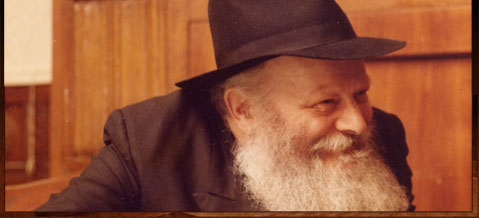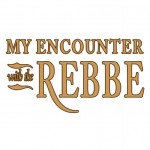Rabbi Tzvi Grunblatt
I had come to New York from Argentina six years earlier to study in the Chabad yeshivah in 770. By 1976, I was twenty-two years old, which made me one of the older students. I was concentrating fully on studying Torah, but on Thursday nights I would travel to other Torah institutions in the New York area – from nearby Boro Park, to upstate, in South Fallsburg – to give classes on chasidic teachings.
Every year, I would have a private audience with the Rebbe before my birthday, but that year, as I was preparing to see the Rebbe, I was feeling bad about myself. I felt as though I wasn’t succeeding in my studies or the other activities I was involved in. Despite my efforts, there were some things that I just could not accomplish.
I included all this in the note I wrote to the Rebbe before the meeting, along with some other questions.
“In regards to what you have written,” the Rebbe answered me, “complaining that you are not successful in this or that: Our Sages have said that ‘one who puts in effort will surely succeed.’ This was said to me,” – here the Rebbe referred directly to himself – “and to you, and to every other Jew. And so what you are describing cannot be. Since you are putting in effort, it cannot be that you’re not successful.”
He went on to say that any thought that brings a person to melancholy or depression “has to be thrown away,” since “sadness leads to despair and to a lack of enthusiasm; it wastes time, and decreases one’s trust in G-d.”
A Jew is supposed to serve G-d with joy, he explained, and that doesn’t apply only when one is studying Torah or praying. We are instructed to “Know G-d in all your ways” – everything we do is part of serving G-d, and that means that a Jew must be happy all the time! (more…)





